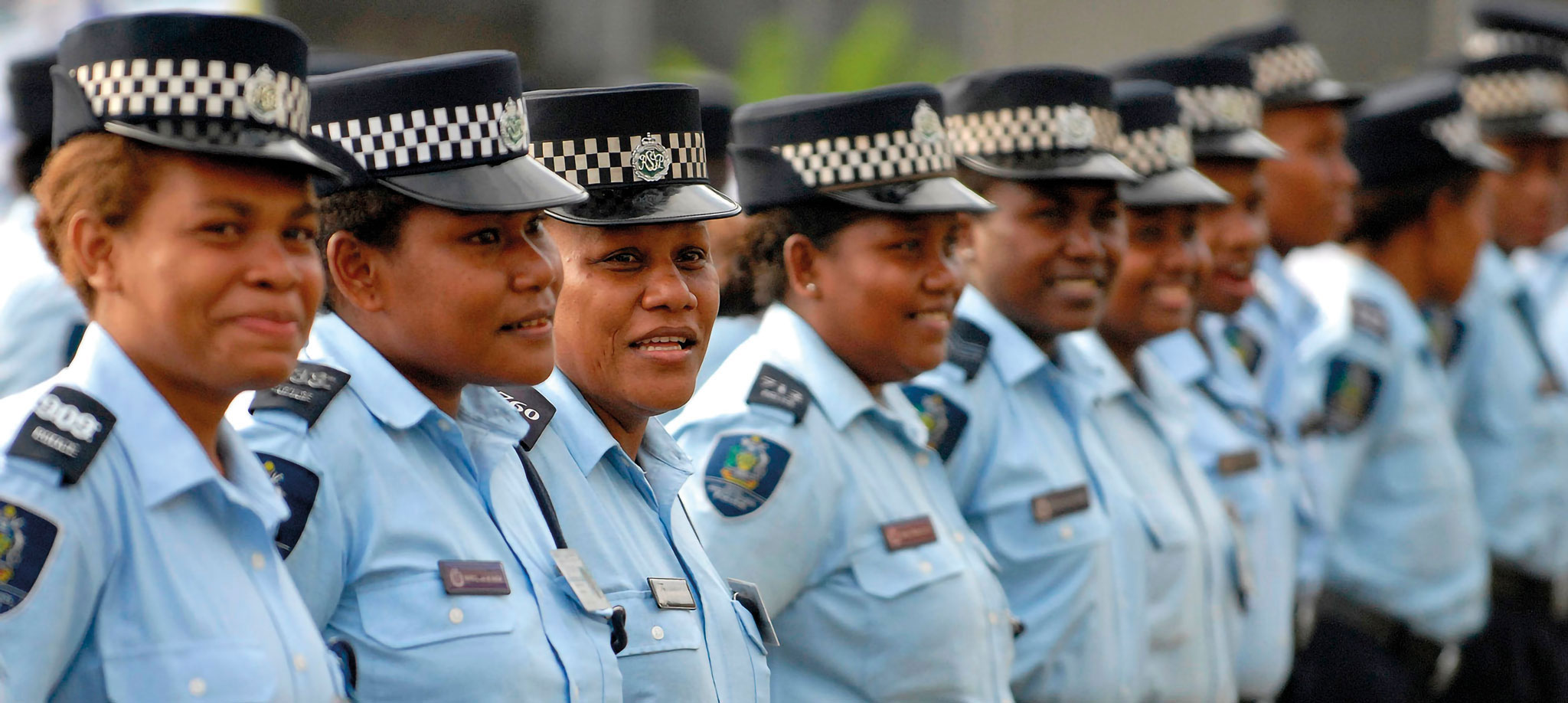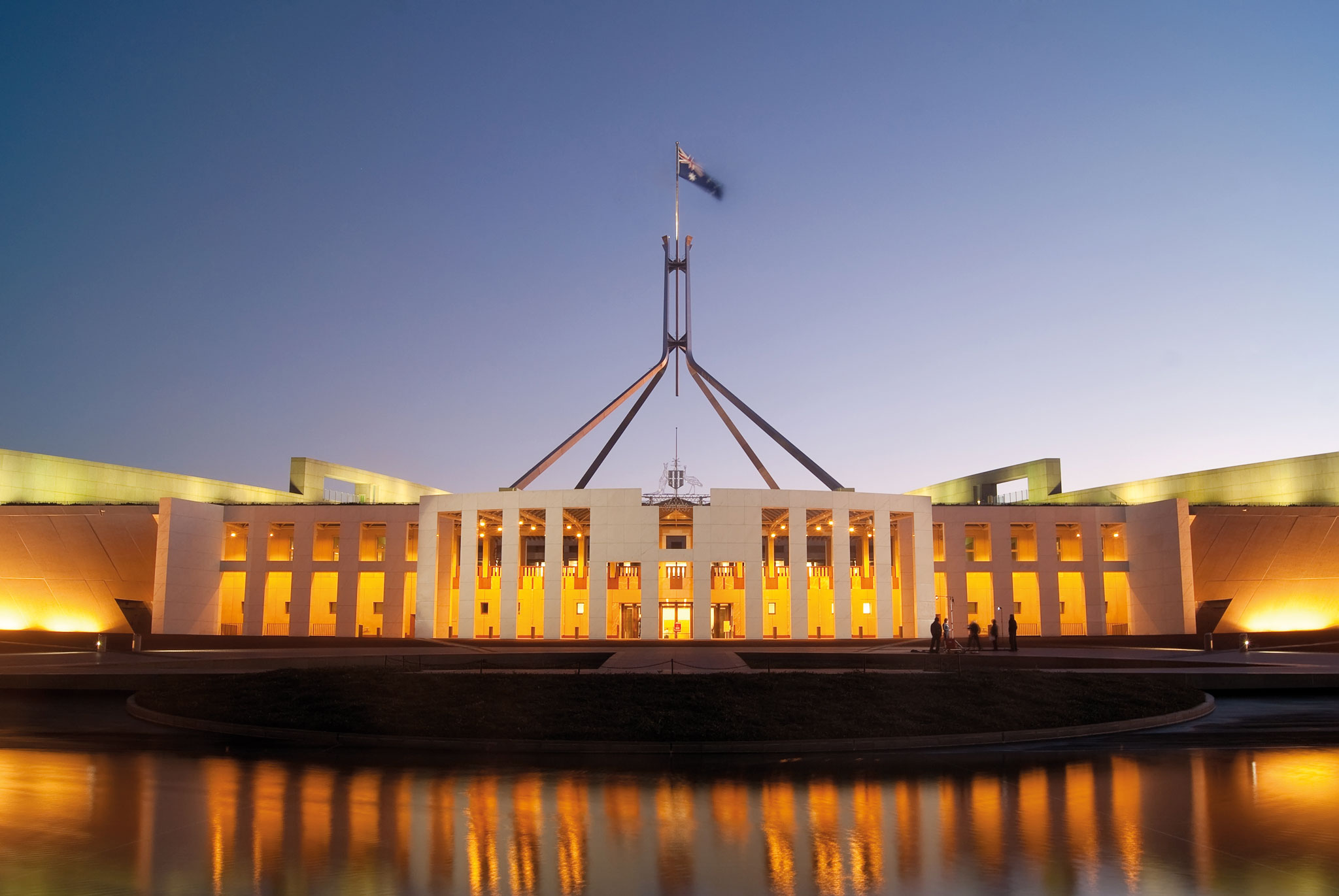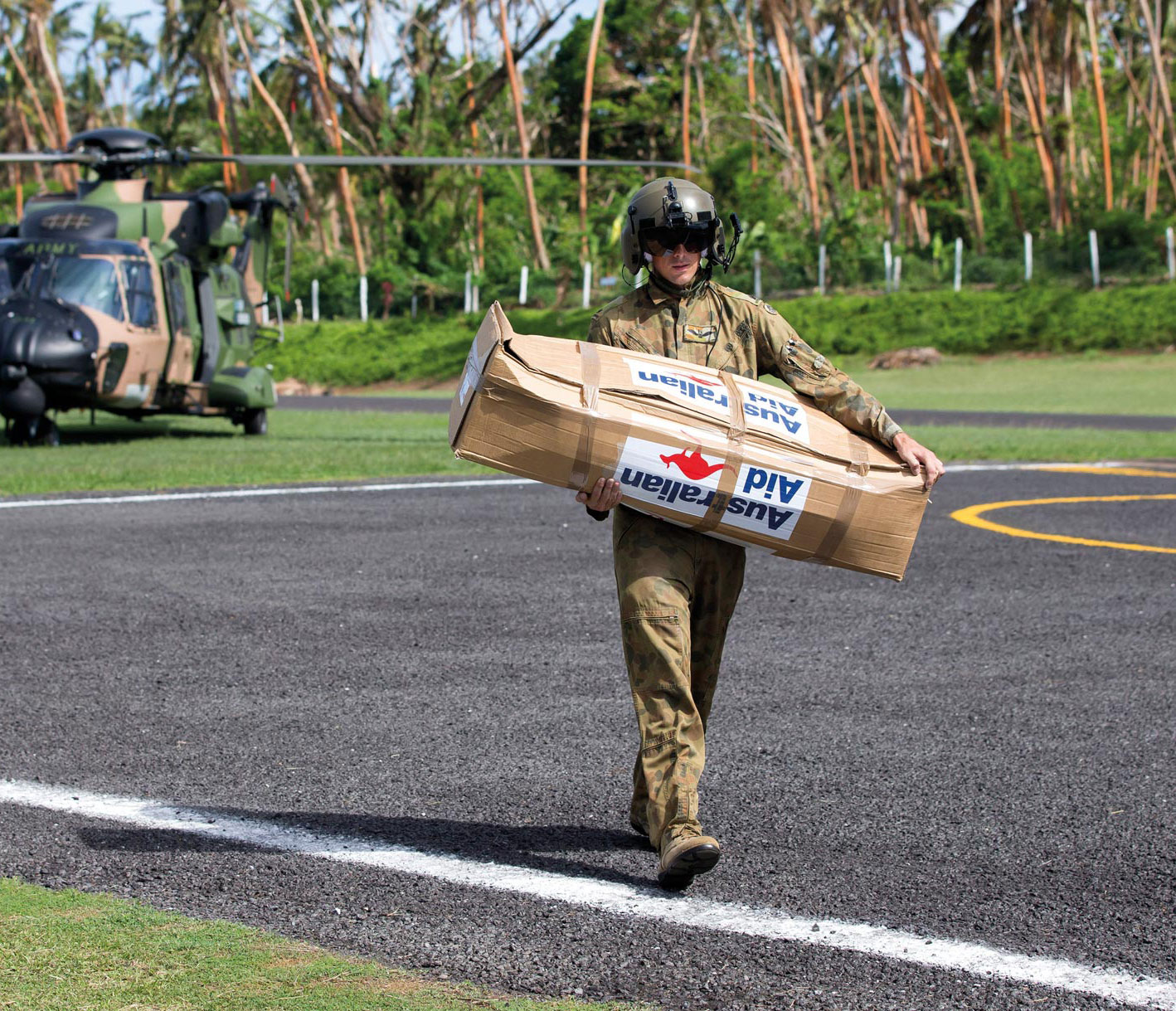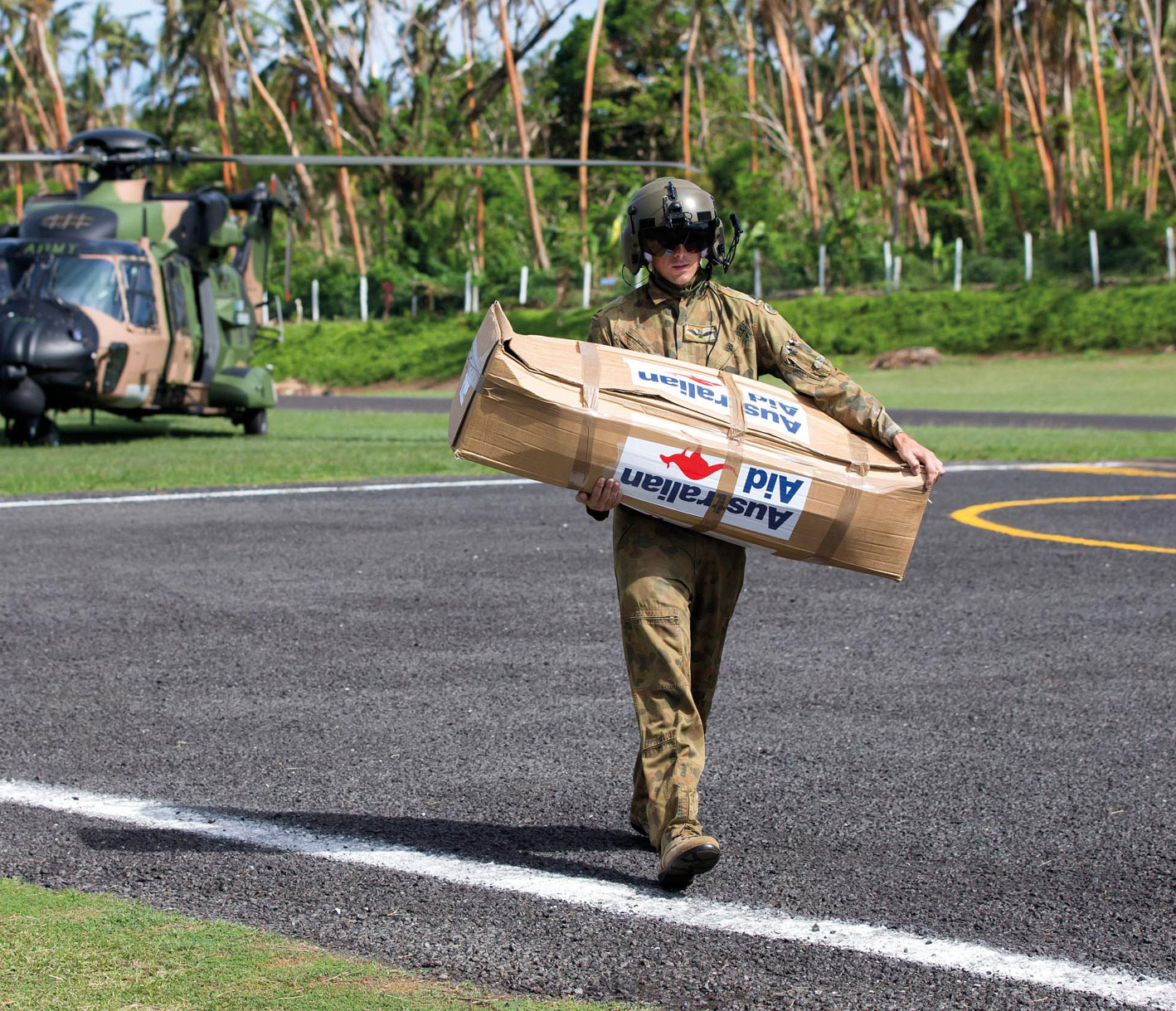To pursue common interests and respond to the region’s fundamental challenges, Australia will engage with the Pacific with greater intensity and ambition, deliver more integrated and innovative policy and make further, substantial long-term investments in the region’s development.
We will look to test new ideas and adopt the most practical means to strengthen regional cooperation and integration. Some initiatives will commence bilaterally, allowing new measures to be trialled.
Promoting economic cooperation and integration
Economic integration within the region and with Australia and New Zealand is vital to the economic prospects of the Pacific. Growth is constrained for most countries because of a combination of remoteness from markets, limited land and resource bases, the dispersal of people over many islands and environmental fragility.
When in force, the Pacific Agreement on Closer Economic Relations (PACER) Plus will lay the ground for stronger trade and investment, increasing business confidence through transparent and enforceable rules.
Australia will work to improve opportunities for growth and jobs and to strengthen the economic resilience of the region by increasing opportunities for labour mobility to satisfy unmet demand in our labour market, investing in skills, and helping countries to capture growth potential in sectors such as tourism.
Australia and the Pacific can also share institutions and systems to help bring efficiencies and economies of scale. As a first step, we will facilitate access for Nauru, Tonga and Tuvalu to use Australian testing services to improve the quality and reliability of pharmaceuticals.
Our new Pacific Labour Scheme will allow workers from the region to take up non-seasonal low and semi-skilled work in rural and regional Australia in growth sectors such as health care, social assistance and hospitality. In parallel, our Seasonal Worker Program will be streamlined to give more Australian employers access to a reliable seasonal workforce drawn from the Pacific and Timor–Leste. Participation in these programs benefits seasonal workers and their communities and supports economic growth in the Pacific and Timor–Leste.
These programs are labour-market tested and will enable Australian employers to address labour shortages in towns and farms. They represent a partnership between Australian businesses and our neighbours that will help the Pacific through remittances as well as boost the economy in parts of regional Australia.
We are establishing a Pacific Labour Facility to connect workers, employers and training institutions, provide financial education for workers, and monitor the impact of labour mobility programs both in Australia and in Pacific economies.
We will continue to work with the Australia – Pacific Technical College to ensure that it and other Pacific training institutions provide the skills and qualifications needed by workers.
We share an interest with our Pacific partners in maximising gains from the skills and remittances delivered through our labour mobility schemes. We are working with financial institutions to reduce further the cost of remittances to the Pacific.
Tackling security challenges
Many countries in the Pacific have limited capacity to respond individually to security challenges such as transnational crime, natural disasters, climate change or outbreaks of infectious diseases. Our experience of working together—through the Regional Assistance Mission to Solomon Islands (RAMSI), cyclone responses and fisheries surveillance—shows the advantages of close bilateral and regional cooperation.
Following the conclusion of RAMSI, we have signed a bilateral security agreement with the Solomon Islands Government to allow for future Australian support should it be required. We have concluded bilateral security memoranda with Nauru and Tuvalu to help protect them and the region against transnational organised crime, build their border security capacity and protect against health threats. We will work with other partners on cooperative arrangements. We will assist some countries to develop national security strategies.
Australia will continue to support and better coordinate defence, police, intelligence, border and law and justice training. We will help improve information sharing between national and regional law enforcement agencies, including through the Pacific Transnational Crime Coordination Centre. This will help deliver more effective approaches to transnational organised crime.
Australia will work with Pacific partners to establish an Australian Pacific Security College to deliver security and law enforcement training at the leadership level.
Australia’s maritime cooperation contributes to protecting our region’s vast maritime resources and enhances regional security. Through our Pacific Maritime Security Program, Australia will provide 19 replacement patrol vessels to our partners and we will fund aerial surveillance. We are boosting civil maritime cooperation to enhance information sharing and to improve responses to threats such as illegal, unreported and unregulated fishing and smuggling of people, wildlife and drugs.
In support of these efforts, Australia will continue to cooperate closely in the Pacific with New Zealand, the United States and France on maritime surveillance and disaster preparedness and response.
Strengthening people-to-people links, skills and leadership
An increased focus on skills and education will be vital if the Pacific is to realise its economic potential. Again, the relatively small populations and economies of most countries mean that vocational training and higher education are often best dealt with by pooling resources and expertise.
Our support for vocational education and training, including the Australia – Pacific Technical College and universities in the region, and scholarships for study in Australia, will have a sharper focus on preparing graduates for employment and community engagement.
This investment in human capital supports economic growth and the better delivery of government services. It complements Australia’s work with partners—including in think tanks, civil society and institutions, such as the Pacific Leadership and Governance Precinct in Port Moresby—to train emerging leaders and prepare them for the challenges of modern governance.
Australia will continue to invest in links between communities and people in the region. Australians studying in the Pacific under the New Colombo Plan and Australian volunteers are increasing our understanding of the region.
Climate change, resilience and a strengthened response to disasters
Australia will continue to strengthen the capacity of the Pacific, particularly low-lying atoll states, to respond to climate change. We are providing $300 million over four years to provide climate science and data and other support to help our partners plan for and adapt to climate change and mitigate its impacts.
We use our own investment to leverage funding by multilateral banks in critical infrastructure. Similarly, we are working to help countries in the region access resources from the Green Climate Fund, to which Australia has contributed $200 million.
We will increase investments in local and national capacity to better manage disasters in the Pacific. This will include funding experts to work with Pacific National Disaster Management Offices and support for a new partnership with Australian non-government organisations (NGOs) and the Australian Red Cross to bolster disaster preparedness and strengthen Pacific civil society.
We will work with Pacific governments, the World Food Programme and United Nations Office for the Coordination of Humanitarian Affairs to improve early warning systems and access to pre-positioned humanitarian supplies. We will boost joint training with emergency services, police and defence forces to improve disaster preparedness.
Labour mobility for the Pacific and Timor–Leste
Access to Australia’s temporary labour market benefits both the countries involved and Australia’s domestic industry.
Since 2012, more than 18,000 visas for seasonal workers from the Pacific and Timor–Leste have been issued under the Seasonal Worker Program. Australian businesses benefit from a productive, returning workforce in sectors with labour shortages. These workers gain skills and savings not available in their home countries.
For every six month placement, workers on average send home $5,000. In Tonga, the largest provider of seasonal workers in 2016–2017, this equated to over $13 million that year—almost half of the value of Australia’s annual development cooperation program to Tonga.
Our new Pacific Labour Scheme will expand non-seasonal labour mobility opportunities for the Pacific. The scheme will replace the Northern Australia Worker Pilot, significantly increasing the places available and extending its scope to all rural and regional areas in Australia. Kiribati, Nauru and Tuvalu will continue to be a priority focus, with access to be extended to some other Pacific countries over time.














